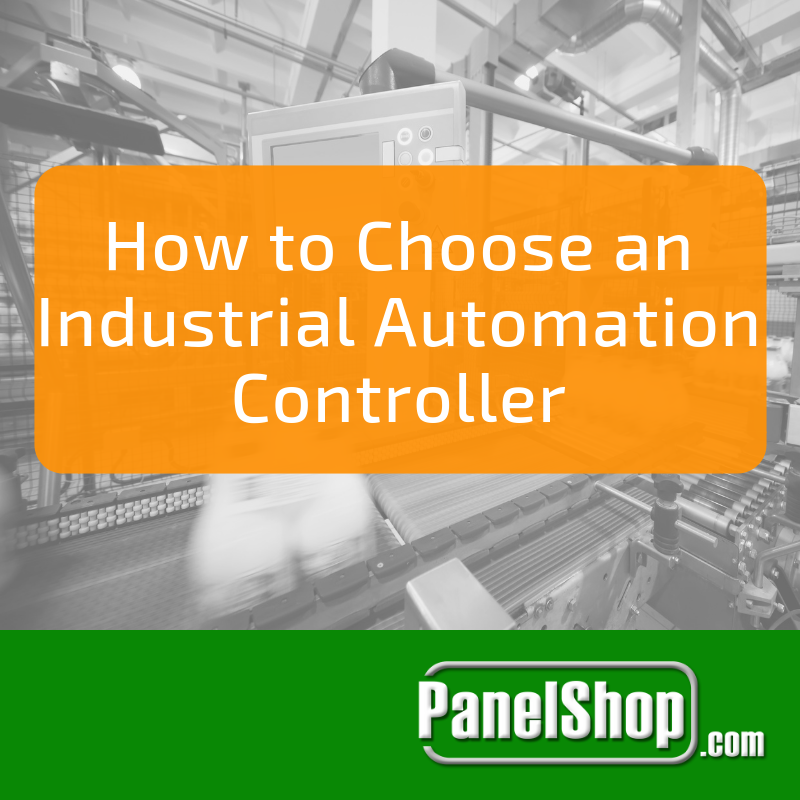
As the world becomes more and more digital, machines for manufacturing have had to keep up with new technology. Machines need to communicate data between other machines in a process. In the past, this was done through physical wire connections from one machine to the next, then it transferred to several machines being connected through a physical wire source. Now as data becomes more valuable as manufacturing becomes more automated and less hand checked, digital connections have become more necessary and competent.
New interfaces and connections such as HMI, clouds, and new PC-based systems allow for faster and higher quality connections. As these connections have improved, the key has been to create more open systems. Cords that originally connected between two machines would not allow for ease in converting to new machines and setting up group systems. Open systems allow multiple machines to interact and are more customizable to the manufacturer's needs. These systems work most optimally when IT is combined with automation to provide data while producing efficiently.
There are 4 main reasons to integrate IT with machine controls:
- PCs allow for integration
- PLC data storage and retrieval
- Improved data
- Remote access to information
PCs and Integration
These two are connected because integrating new components and testing devices into manufacturing as it becomes more automated, is important. The ability to connect and change out components is key in keeping up with technology and with PC systems, this can be changed and done much more efficiently. Using older technology and machines do not allow for easy retrofitting, but by keeping up with IT equipment, new models may be able to be retrofitted.
PLC Data
Adding PLCs to the manufacturing process has improved the quality and speed that automated machines can track data. PLCs can receive, store, then send data out to continually check for errors in machines. This can save on costs of fixing problems with machines before they break completely and can also help companies see if the machines are functioning at optimal efficiency.
Improved Data
With PLCs bringing in and sending so much data, IT is necessary to combine with this device to refine the data and analyze it. Other software programs can be paired with PLCs to analyze data for efficiency, estimated time of production or shipping time lines. Because the data comes in so fast and in bulk, these programs need to keep up with nearly real time in evaluating the data. This is where IT can contribute to manufacturing more now than ever.
Remote Access
Manufacturing has advanced to be able to be located where the resources are if that is more efficient, and as companies grow, manufacturing may take place in a different location than the corporate office. For these reasons, remote access to controls and data files is essential in growing a company. IT can set up and incorporate software and programs that allow information from a plant to be accessed via online program or even on a mobile device app. The benefits of this are numerous, but the important factor is that data is available readily for managers, which improves efficiency in communication.
Overall benefits of combining IT and automation:
- Easier integration of improvements and data collectors
- Improved data analysis and tracking
- Remote access to information and data
- Improves efficiency of manufacturing
- Keeps a company up to date with technology
Conclusion
While there's an ongoing debate between PLC and PC based controls, chances are that your process will benefit from integrating industrial data collection with IT. However you choose to collect production data, specifying and programming machine controls like a PLC panel can be a challenge without expert technical support.
PanelShop.com has the trained staff and manufacturing capacity to deliver the highest quality control panels for your project. Contact us for a free custom quote or to discuss your project:





